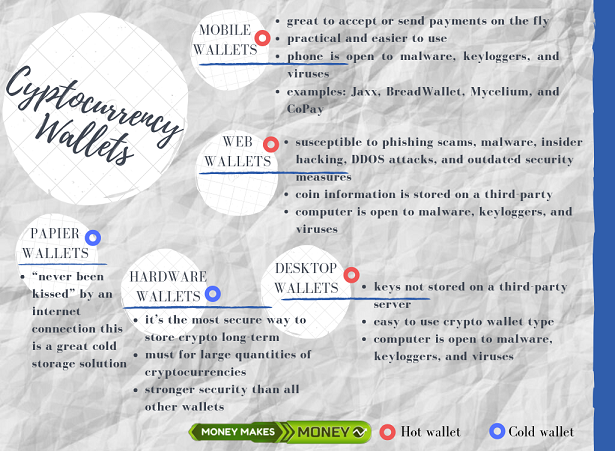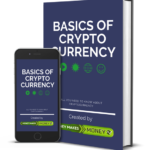Decentralized digital peer to peer (from user to user) currency. That means bitcoin have no central administration unit and truly no-one is controlling it.
Open source, transparent code available for every one. Transactions (3,8 transactions per second) are verified by a network of so-called miners and recorded on decentralised public ledger.
Unknown till today creator or creators – Satoshi Nakamoto- finished his work in 2008 and released the white paper online.
On January 3rd 2009 the first block was mined. The Genesis block. In may 2019 we had 17,5 mln Bitcoin mined out. There is a limit of 21 mln Bitcoin which cannot be exceeded. New bitcoins are created around every 10 minutes by miners and the rate drops by half every 4 years(this moment it’s called halving, next one should be around May 2020 from 12,5 to 6,25 btc). Last Bitcoins will be mined in 2140.
Forks of Bitcoin
Whenever a chain needs to be updated there are two ways of doing that: a soft fork and a hard fork.
Andreas Antonopoulos a well known crypto enthusiast describes the difference between hard and soft fork like this: “If a vegetarian restaurant would choose to add pork to their menu it would be considered to be a hard fork. if they would decide to add vegan dishes, everyone who is vegetarian could still eat vegan, you don’t have to be vegan to eat there, you could still be vegetarian to eat there and meat eaters could eat there too so that’s a soft fork.”
Bitcoin hard forks for first time in October 2011 and creates Litecoin. Second hard fork 1st of August 2017 form Bitcoin Cash.
Soft fork in 23rd August activates SegWit (increase block size and speed up the network)
The Lighting network is a Second layer payment protocol which is operating on the top of Bitcoin blockchain. It enables fast transactions between the nodes of network and is the solution to Bitcoin scalability.
Unique properties of Bitcoin:
- Fast transactions peer to peer
- Global access
- Low fees
- Limited supply





